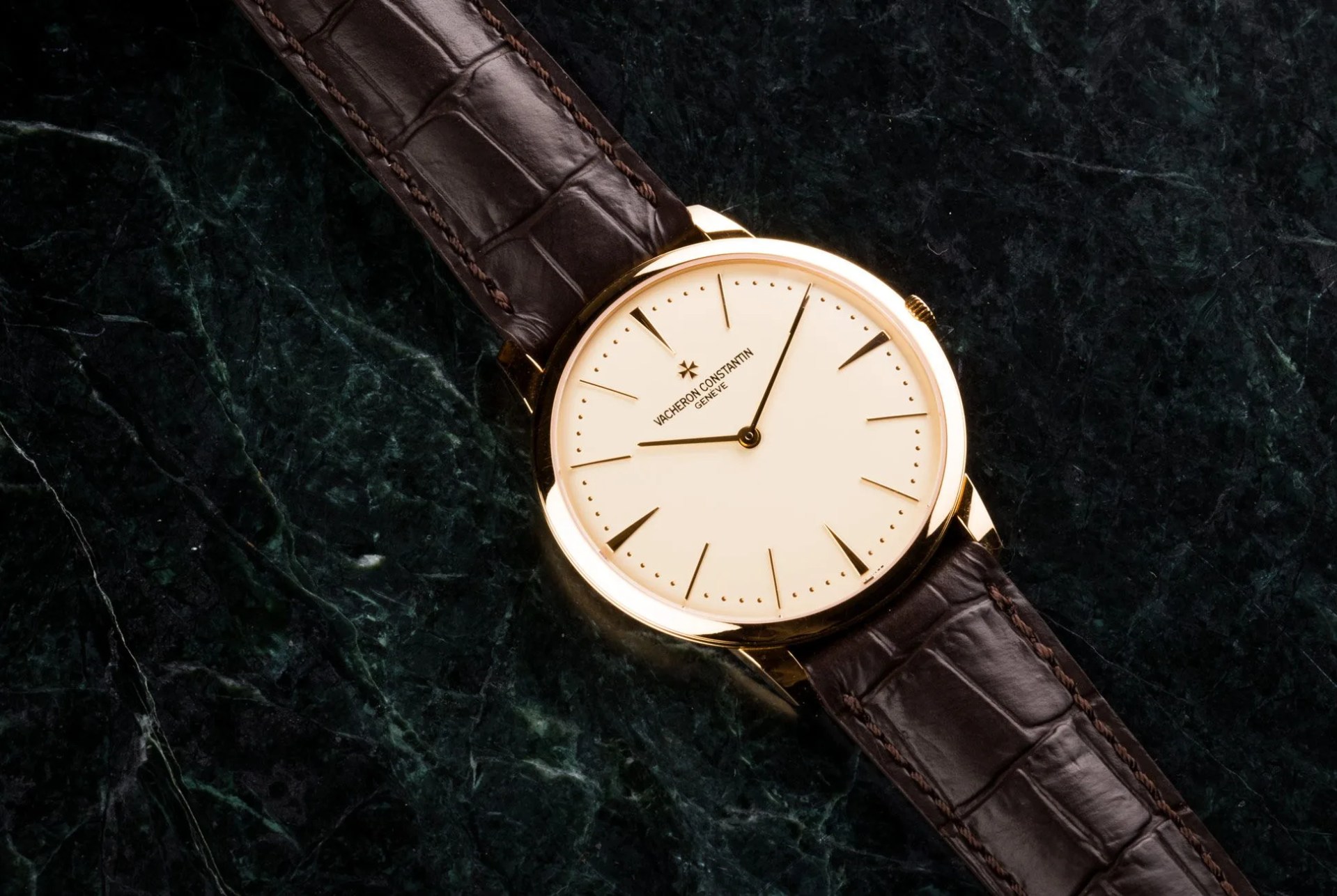They say that within the first seconds of meeting a person, we unconsciously use only a few basic factors to form an impression. Something similar is true of watches. What can you tell right away when looking at a watch? A brand name can be potent, sure, but there’s another distinction that’s significant for many people: Is it quartz or mechanical?
This refers to the two primary types of mechanism (or movement) which power the timekeeping. Either can drive a basic three-hand watch indicating the hours, minutes and seconds, for example, so why is it so important to determine what’s on the inside?
Whether you’re encountering watches on display at a retailer or noticing something interesting on a stranger’s wrist, identifying quartz or mechanical can give you some more substantive info on it right away. Perhaps you’re attracted to quartz watches’ pragmatism and affordability, or conversely, you may be seduced by the prestige associated with more expensive mechanical watches.
GLANCE AT THE HANDS
If you’re close enough to read text on the dial that says “automatic,” for example, this tells you that it’s the type of mechanical watch that’s wound by a rotor when the wearer’s wrist moves. But there’s a quick-and-dirty method that can be quite useful even at a glance: look at the motion of the watch’s seconds hand.
In many cases, a quartz watch can be easily recognized by a seconds hand that jumps, whereas mechanical watches’ seconds hands sweep smoothly around the dial.








